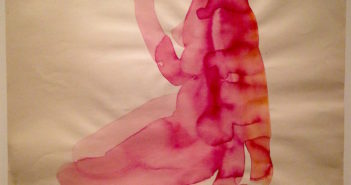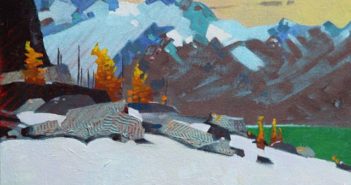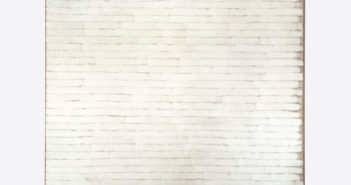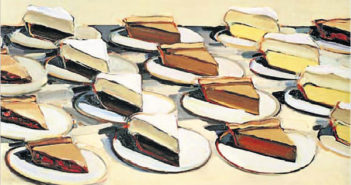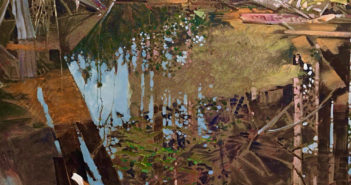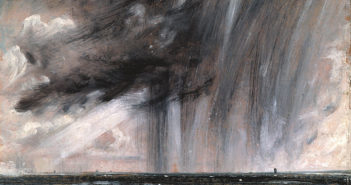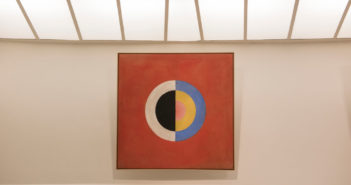
Game changer
In 1880, when Hilma af Klint was 18, she watched her 10-year-old sister Hermina die of the flu. Their father was a Swedish naval commander, and her family had spent the summers exploring the rocky hills of the island of Adelsö on Lake Mälaren, just west of Stockholm. There, Hilma nurtured her interests in botany, mathematics, Darwinism, physics and music. The loss of her sister also opened the door to inquiring into the spirit world.


